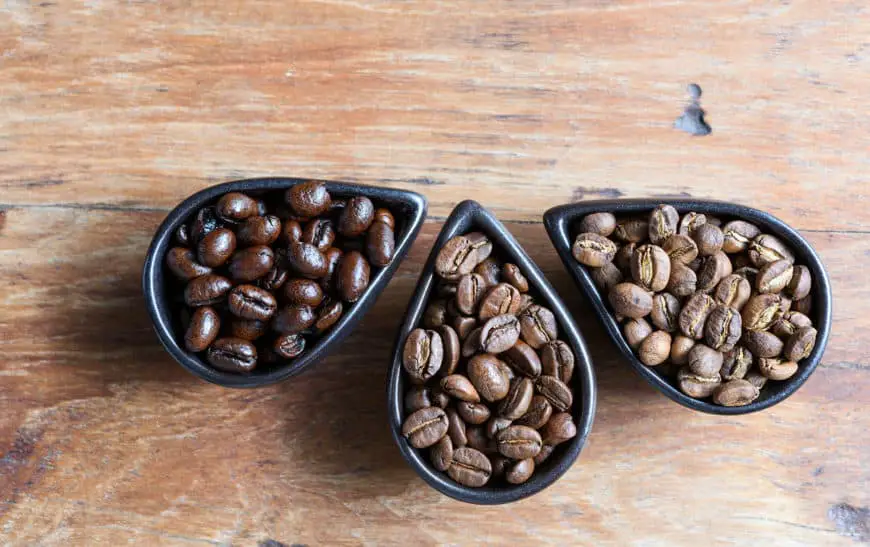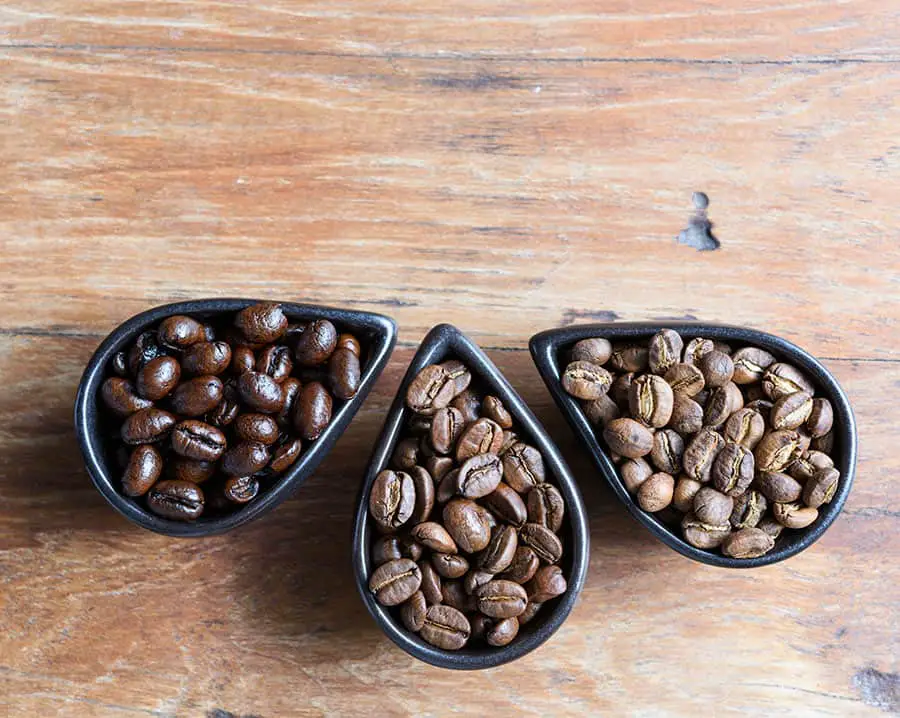
Coffee is a global obsession, with over 2 billion cups consumed daily, and its flavor hinges on one critical factor: the roast level. The roast level determines how long and at what temperature coffee beans are roasted, shaping their color, taste, aroma, and body. For this discussion, there are four main roast levels—light, medium, medium-dark, and dark—each offering distinct profiles to suit every palate, from bright and fruity to bold and smoky.
Whether you’re a home brewer, a café regular, or just curious about your morning cup, understanding these roast levels will help you choose the perfect coffee or explore new flavors. Plus, here’s a surprising fact: darker roasts have less caffeine due to prolonged roasting breaking down caffeine molecules. Let’s dive into the four roast levels and what makes each unique.
Light Roast
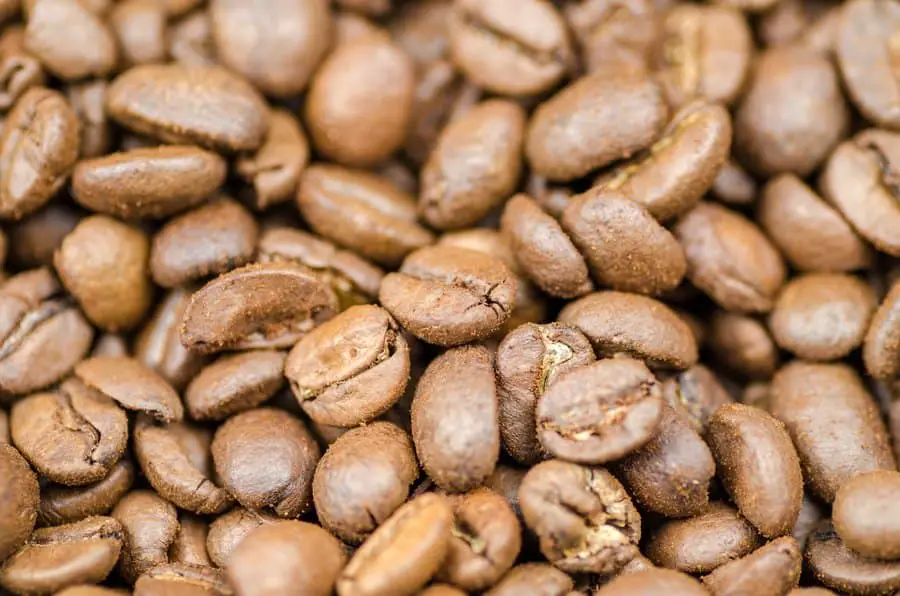
Light roast coffee, often called cinnamon or blonde roast, is roasted at lower temperatures (around 350–400°F or 177–204°C) for a shorter time, stopping at the “first crack” when beans pop audibly. The result is a light brown bean with a dry surface, retaining much of the bean’s original character.
This roast highlights delicate, nuanced flavors tied to the bean’s origin, such as citrus, berry, jasmine, or green apple, with high acidity and a light, tea-like body. Light roasts are favored by specialty coffee enthusiasts who want to taste the bean’s terroir—flavors shaped by the region, soil, and climate where it was grown. Ethiopian or Kenyan beans, for example, often shine as light roasts, showcasing floral or fruity notes.
Light roasts also pack health benefits. They retain higher levels of chlorogenic acids, antioxidants that may support heart health and reduce inflammation. With the highest caffeine content of all roasts, they’re ideal for an energy boost. To maximize flavor, brew light roasts using pour-over methods (like a V60 or Chemex) or an AeroPress, which enhance their bright, tangy profile.
Always use freshly roasted, high-quality beans, as stale beans lose the vibrant flavors that define this roast. Store beans in an airtight container away from light and heat to preserve freshness.
Medium Roast
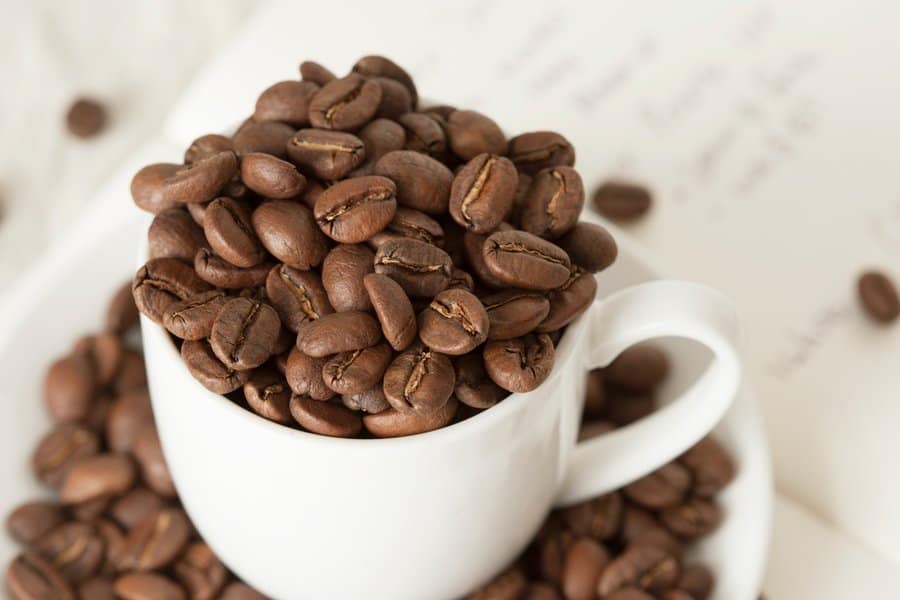
Medium roast coffee strikes a balance between the bean’s natural flavors and the roast’s influence, making it the most popular choice worldwide. Roasted at 400–430°F (204–221°C) until just before or at the start of the “second crack,” medium roast beans are medium brown with a slightly oily surface. The flavor profile is well-rounded, blending mild acidity with a smooth, medium body.
Expect notes of caramel, chocolate, nuts, or stone fruit, depending on the bean’s origin. Colombian or Brazilian beans often excel as medium roasts, offering a crowd-pleasing balance that’s neither too bright nor too intense.
This roast is versatile, suiting most brewing methods, from drip machines to French press to espresso. It’s a great choice for those who want a coffee that’s approachable yet flavorful, without the sharp acidity of light roasts or the bitterness of darker ones.
Medium roasts retain moderate caffeine and antioxidant levels, making them a solid all-day option. For the best experience, grind beans just before brewing and use water at 195–205°F (90–96°C) to extract their full flavor. Medium roast’s accessibility and consistency make it a staple in cafés and home kitchens alike.
Medium-Dark Roast
Medium-dark roast, often overlooked, bridges the gap between medium and dark roasts, offering a richer, more complex profile. Roasted at 430–445°F (221–229°C), typically just after the second crack begins, these beans are dark brown with a noticeably oily surface.
The roasting process starts to dominate the bean’s original flavors, introducing bittersweet, roasty notes alongside hints of dark chocolate, toasted nuts, or spice. Beans from Guatemala or Sumatra shine here, balancing the bean’s character with the roast’s depth. Medium-dark roasts have a fuller body and lower acidity than medium roasts, with a smooth, slightly smoky finish.
This roast is ideal for those who enjoy a bolder coffee without the heavy bitterness of a dark roast. It’s commonly used for espresso or cold brew, as the oils enhance crema and stand up to milk or ice. Medium-dark roasts have slightly less caffeine than lighter roasts but retain enough for a morning kick. Brew with a Moka pot or espresso machine to highlight its robust character, and store beans properly to maintain their aromatic oils. Medium-dark roasts are a favorite among coffee lovers seeking depth and versatility.
Dark Roast
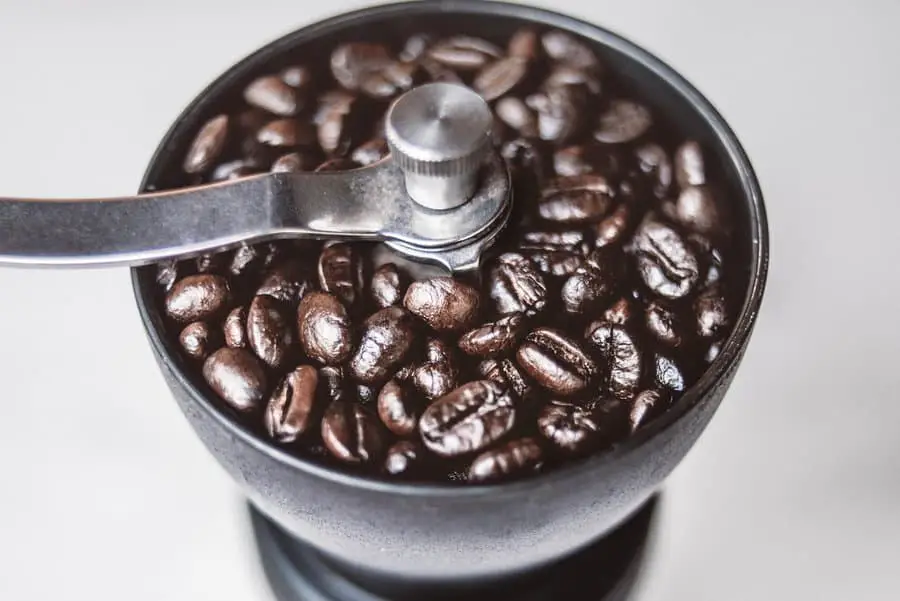
Dark roast coffee, known as French, Italian, or espresso roast, is roasted at 445–480°F (229–249°C) well beyond the second crack, producing nearly black, shiny beans coated in oils. The extended roasting caramelizes sugars and burns off much of the bean’s original flavor, resulting in a bold, intense profile dominated by smoky, bittersweet, and charred notes.
Expect flavors like dark chocolate, molasses, or burnt caramel, with low acidity and a heavy, syrupy body. Dark roasts are less about the bean’s origin and more about the roast itself, making them consistent across different beans.
Popular for espresso, lattes, or strong black coffee, dark roasts pair well with milk, sugar, or flavored syrups, as their robust flavor holds up. They have the lowest caffeine content due to caffeine degradation during roasting, but their intensity can feel stimulating.
Brew dark roasts with an espresso machine, French press, or drip brewer for a full-bodied cup. While some criticize dark roasts for masking bean quality, they’re beloved for their comforting, nostalgic taste. Use freshly roasted beans, as the oils can turn rancid if stored improperly.
Comparison of Coffee Roast Levels
To help you choose the right roast, here’s a table summarizing key characteristics, flavor profiles, and brewing recommendations for each level.
| Roast Level | Color | Flavor Notes | Acidity | Body | Caffeine | Best Brewing Methods |
|---|---|---|---|---|---|---|
| Light | Light brown, dry | Citrus, berry, floral, green apple | High | Light | Highest | Pour-over, AeroPress |
| Medium | Medium brown, semi-oily | Caramel, chocolate, nuts, stone fruit | Medium | Medium | Moderate | Drip, French press, espresso |
| Medium-Dark | Dark brown, oily | Dark chocolate, toasted nuts, spice | Low | Full | Moderate | Espresso, Moka pot, cold brew |
| Dark | Nearly black, shiny | Smoky, molasses, burnt caramel | Very low | Heavy | Lowest | Espresso, French press, drip |
Final Thoughts
Coffee’s magic lies in its versatility, and the four roast levels—light, medium, medium-dark, and dark—offer something for every taste. Light roasts dazzle with bright, fruity notes, perfect for savoring a bean’s origin. Medium roasts deliver a balanced, approachable cup that’s hard to dislike. Medium-dark roasts bring depth and richness, ideal for espresso lovers. Dark roasts satisfy with bold, smoky intensity, a go-to for cozy mornings or after-dinner drinks.
Your choice depends on your mood, brewing setup, and flavor preferences. Experiment with different roasts and beans to find your perfect cup, and always prioritize fresh, high-quality beans for the best experience. Whether you’re chasing a zesty wake-up call or a robust evening sip, there’s a roast level waiting to elevate your coffee game.

